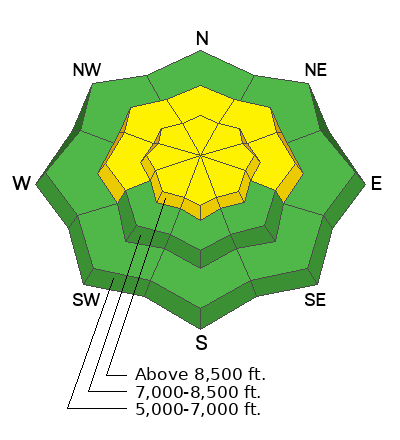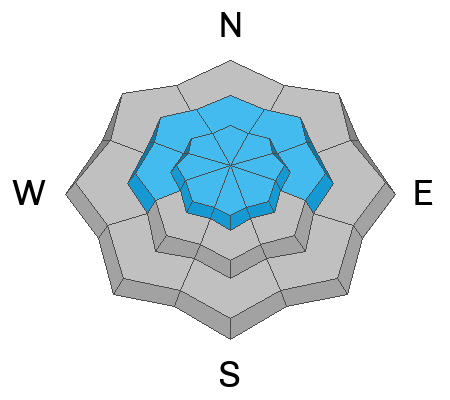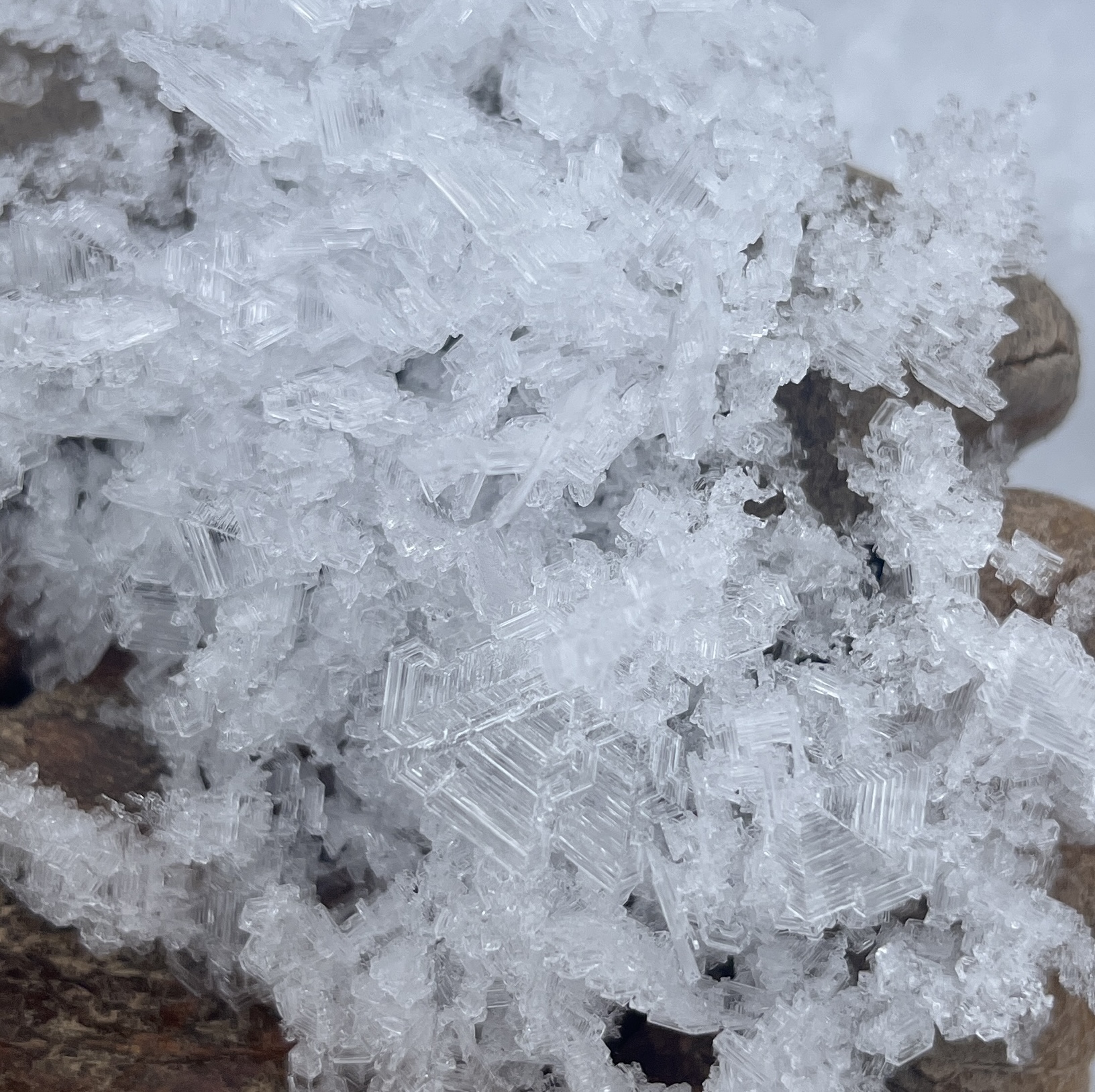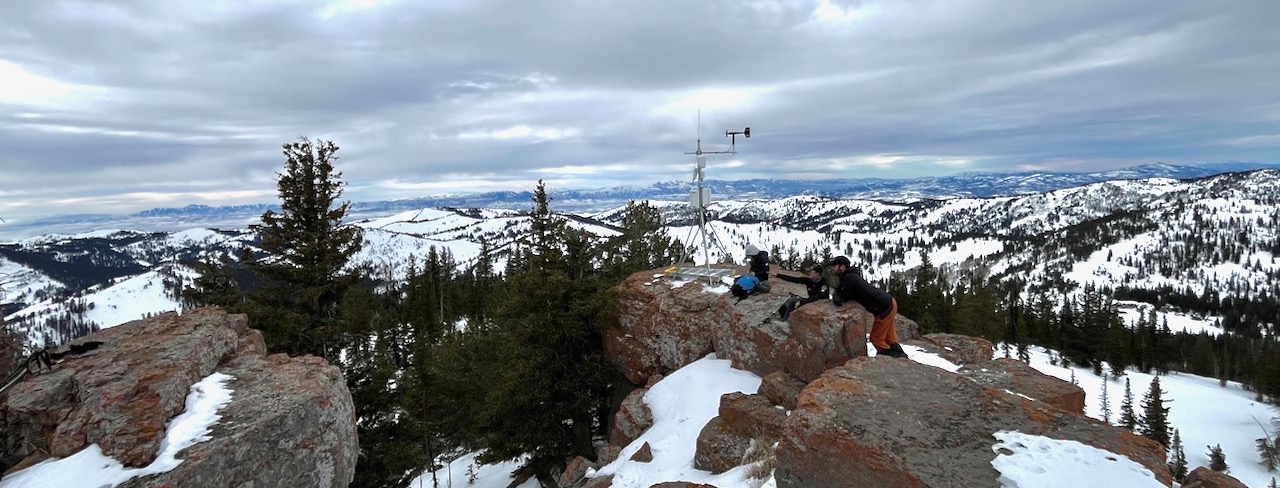Forecast for the Logan Area Mountains

Issued by Toby Weed on
Friday morning, January 5, 2024
Friday morning, January 5, 2024
This morning, the avalanche danger is LOW across the Logan Zone, but heavy snowfall will cause the danger to rise to MODERATE later today. Heightened conditions will develop on drifted upper and mid-elevation slopes and in areas where significant accumulations of new snow overload weak surface snow that is widespread and found at all elevations.
Evaluate snow and terrain carefully, especially in drifted terrain and on slopes steeper than 30° that receive significant accumulations (6” or more) today.

Low
Moderate
Considerable
High
Extreme
Learn how to read the forecast here




 Weak surface snow consisting of surface hoar and near surface facets found at low elevations in the Bear River Range on Thursday
Weak surface snow consisting of surface hoar and near surface facets found at low elevations in the Bear River Range on Thursday Sugary, faceted snow plagues the entire snowpack where the snow is shallow.
Sugary, faceted snow plagues the entire snowpack where the snow is shallow. We checked on our new
We checked on our new 



